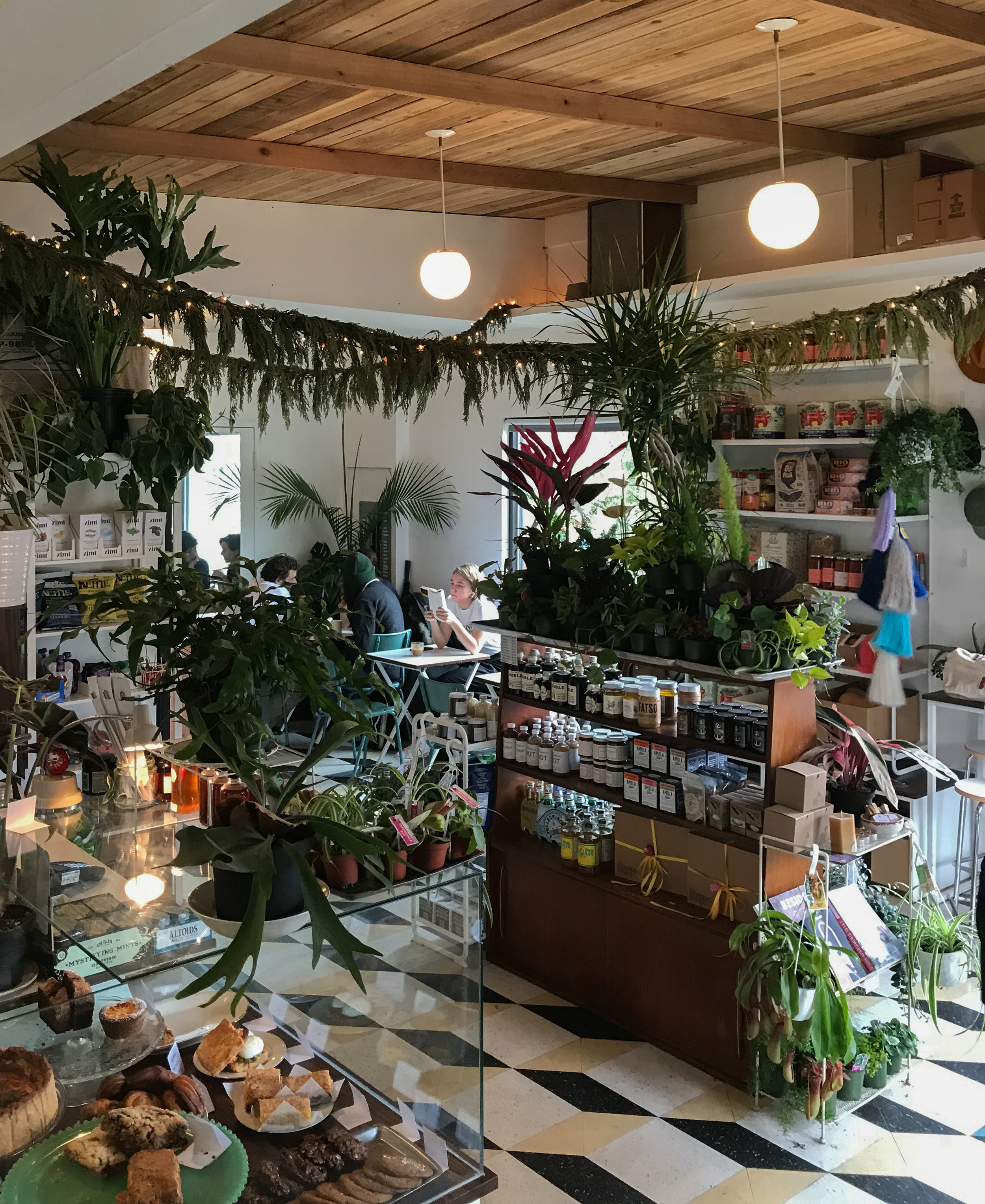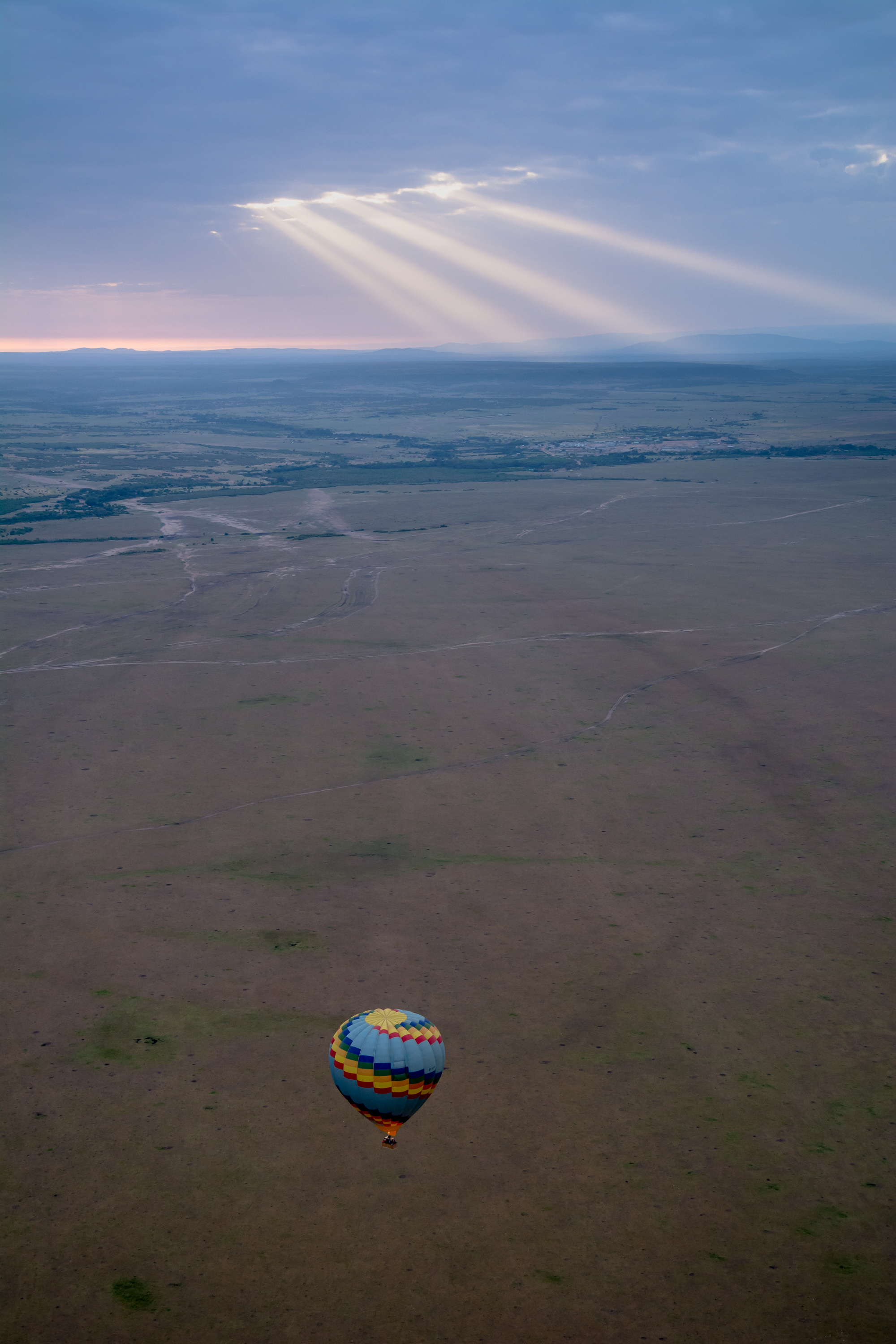A special 'LOCAL VISITOR VISITS LOCALS' post
Chances are, when someone mentions Bermuda, your first thoughts are of a mysterious triangle or a pair of men's shorts (perhaps even worn with a pair of stylish knee-high socks, loafers, and a blazer). Along with some images of beautiful, pink sand beaches, that's really all we know about the country until we visited. We quickly discovered this little island is big on personality.
If you've already headed to Google Maps to search for Bermuda, let us help you; it's about 12,000 kilometres south of Cape Sable Island in Nova Scotia and 1,600 kilometres northeast of Miami. It's a three hour flight from Toronto or two and a half hours from New York. Although it's made up of 181 islands, you'll really have to zoom in. The main island, Bermuda, is only 53 sq. kilometres.
Before we dive in to the many amazing things about Bermuda, here's a short history lesson:
It's named after the Spanish captain Juan de Bermúdez, the first known European explorer to reach this (apparently) inhabited island in 1503. He didn't stay long, though, so Britain's Virginia Company permanently settled the island in 1609 when the passengers and crew from a ship took refuge from a hurricane here. The English Crown took over the island's administration in 1684 and made it a British colony in 1707. While the country remains a British Overseas Territory, Bermuda has its own dollar, which is interchangeable with the American dollar. Subtle hints of its British roots can be seen everywhere, including its geographical names, its street signs, and even its litter bins.
The native-born Bermudians can trace their roots back to European settlers or those individuals brought to the country through the slave trade largely from Africa, or Native Americans from the Algonquin. Today, about 65,000 people live on the island, making it one of the most densely populated countries in the world (though, it doesn't feel that way). About 30 percent of Bermuda's population is made of expatriate workers, mostly from Britain, Canada, USA, South Africa, and the West Indies. The economy relies largely on the insurance, reinsurance, and tourism industries.
As a very small country in the middle of the Atlantic Ocean, Bermuda has implemented some unique rules to make things run more smoothly:
- There are no car rentals in Bermuda. In fact, each household it only permitted one car. There is an easily navigable bus system and scooters are very popular (especially among daredevils - the roads are narrow and winding, but Bermudians handle them like pros).
- By law, each household must collect its own potable water from rainwater. Every building has whitewashed, terraced roofs that direct water to underground storage tanks under the building.
- The price of land in Bermuda is high (land constraints, combined with the cost of importing building material). As such, non-Bermudians are only allowed to purchase real estate from other non-Bermudians. Michael Bloomberg (the former Mayor of New York) was able to acquire his weekend getaway here. Oprah, however, was not.
Every travel book and website will suggest certain must-visit locations:
- St. George is a quaint, historical town at the most northeast end of the island, complete with original stone buildings. Established in 1612, it is the oldest, continuously inhabited English town in the New World.
- Horseshoe Bay is a popular beach on the south side of Bermuda with pink sand and turquoise water. There are even beach chairs and umbrellas available for rent, and a café and washroom facilities nearby.
- The Dockyards, at the east tip of the island, is home to the cruise ships. It has shops and restaurants, but is a great place to find gifts for everyone who didn't join you on your trip!
- Crystal and Fantasy Caves were discovered by a pair of teenagers in 1907. You can tour both, but if you only have time for one we recommend Crystal Cave, which has a large pool of sea water and floating docks. And the tour guides are worth the entrance fee.
- Swizzle Inn, but expect to swagger out. Order a Rum Swizzle or a Dark 'N' Stormy for a real Bermudian experience.
We are very fortunate to have amazing friends in Bermuda, who were able to introduce us to some of the more local parts of the island:
- If you visit St. George, don't only stop in the town. Continue on to find some amazing beaches that have great snorkelling opportunities, such as Tobacco Bay or St. Catherine's Beach.
- From Horseshoe Bay, walk east along the paths toward Warwick Bay. You will discover secluded, protected beaches, each more beautiful than the one before. You can take refuge from the sun under the rock formations on the beach and look for the parrot fish that come right up to the shore.
- If you're looking for boats at the Dockyards, we recommend getting up close and personal by renting a small one from Blue Watersports at Elbow Beach and taking it to Castle Island. The little island has castle ruins and a deserted beach nearby that is perfect for a romantic picnic or the perfect photo.
- When you visit the Caves, make sure you have time for an ice cream from Bailey's Bay Ice Cream Parlour. You'll also notice the Swizzle Inn is conveniently located across the street!
- Whether it's at the Swizzle Inn, or anywhere else, you have to order a traditional Bermudian fish sandwich on raisin bread. We won't ruin the description here, just trust us. Other great dining spots include Bouché (try the pancakes, known by the locals as the fluffiest around), 1609 at Hamilton Princess (make sure you find the Warhol, Ai Wei Wei and Banksy pieces in the lobby), and Rosa's (you have to order the wings).
If Bermuda wasn't on your bucket list before, it should be. The pastel coloured buildings are unlike anything you will see on any mainland. The turquoise water and the pink sand beaches are picture-perfect. But it's really the people who make the country truly special - friendly and welcoming, to each other and tourists alike. You may even catch yourself wishing you could move here (and continue getting a really good tan)!

































































































